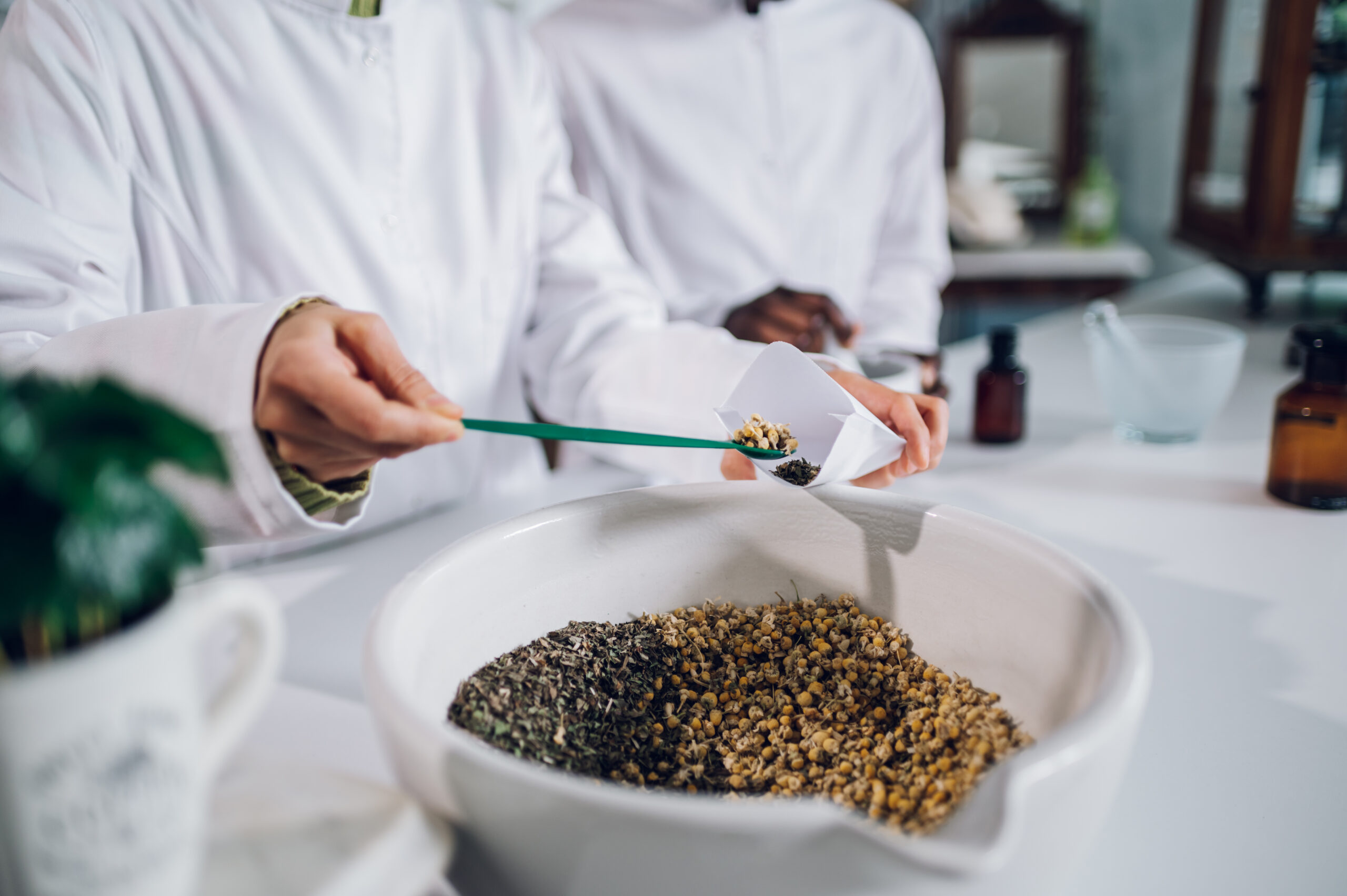The popularity of cannabis for its health benefits has surged in recent times. One key contributor to its therapeutic properties is a group of compounds known as cannabinoids present in the plant. Medicinal cannabis involves the cultivation of specific strains tailored to maximize these beneficial properties. These cannabinoids interact with the body’s endocannabinoid system, influencing various physiological processes. The potential health benefits include pain relief, anti-inflammatory effects, and alleviation of symptoms associated with certain medical conditions.
 Processing Medicinal Cannabis
Processing Medicinal Cannabis
When cannabis plants reach maturity, they are ready to undergo processing. The initial step involves selecting and cutting the plants at their base during harvesting. Following this, the leaves and flowers, commonly known as buds, go through a series of processing methods. These methods aim to extract and concentrate cannabinoids with a focus on CBD (cannabidiol) and THC (tetrahydrocannabinol).
Extraction Methods
Solvent Extraction
Solvent extraction involves using solvents such as ethanol or hydrocarbons like butane or propane to dissolve cannabinoids from the plant material. This method is effective in extracting a range of cannabinoids, terpenes, and other beneficial compounds present in cannabis. However, equipment and expertise are required to ensure the removal of solvents.
Supercritical Fluid Extraction
Supercritical fluid extraction utilizes carbon dioxide (CO2) under high pressure and temperature for the extraction of cannabinoids. In this method, carbon dioxide (CO2) acts as a solvent that effectively extracts compounds without leaving any leftover solvents. Supercritical fluid extraction also provides control over the ratios of cannabinoids in the end products.
Heat-Based Extraction Methods
Heat-based extractions refer to methods that use heat to extract cannabinoids from cannabis. This includes techniques like decarboxylation, where cannabis is heated to activate cannabinoids, and infusions, where cannabis is cooked with oils or butter. Rosin pressing is another heat-based method. These techniques trigger reactions that turn THCA (an acid) into THC, the psychoactive compound, or CBDA (an acid) into CBD, the non-intoxicating compound.
People often choose heat-based extractions for their simplicity and accessibility, making them suitable for home use. These methods are popular among individuals who prefer a straightforward approach to creating cannabis products. It’s important to note that the legality of such extractions depends on local cannabis legislation.
 Choosing an Extraction Method
Choosing an Extraction Method
The selection of an extraction method depends on many factors, including the intended purpose of the product. Solvent extraction, although requiring expertise and lab conditions, offers a high cannabinoid profile. On the other hand, supercritical fluid extraction allows control over cannabinoid ratios while minimizing potential risks associated with leftover solvents. Heat-based extractions cater to those seeking simplicity and have gained popularity because they can be easily conducted in one’s kitchen.
Post Extraction Processing
After the extraction of cannabinoids, further processing is carried out to ensure the purity and quality of the products. To achieve this, you may need to eliminate any plant material or use techniques, like winterization or distillation, to filter out remaining solvents. The process of extraction varies depending on specific objectives and desired outcomes.

Different Ways to Use Cannabis
Once the processing is complete, cannabis extracts can be incorporated into various delivery methods that cater to preferences. Some commonly used methods for cannabis delivery are:
Tinctures
Tinctures are concentrated cannabis extracts mixed with alcohol or glycerin for administration. They provide an easy way of consumption and have quick onset effects.
Edibles
Edible cannabis products refer to items infused with cannabinoids, such as oils, butter, or other types of extracts. These can include goods, candies, chocolates, capsules, and more.
Topicals
Topical products are directly applied to the skin for localized relief from pain or inflammation. They typically come in the form of creams, balms, salves, or lotions.
Inhalation
Inhalation methods involve smoking dried flowers (also known as buds), vaporizing concentrates using devices called vaporizers, or consuming concentrates through dabbing.
Diffusers
Diffusers heat oils derived from plants to disperse plant compounds into the air. This method offers benefits through inhaling these dispersed compounds.
Conclusion
The way we process and extract cannabis is extremely important in order to make the most of its potential as a therapy. There are many methods of extraction, and each one has its own benefits, which means we can create a wide range of products that are customized to meet specific needs. By having an understanding of the principles behind these processing and extraction methods, people can make informed choices when selecting the right medicinal cannabis product for their individual requirements.






